Staying active shouldn’t require a gym membership, expensive gear, or hours of your day—especially if you're managing back pain. Whether you're juggling work, family, or recovery, this 18-minute kettlebell-inspired routine delivers real results without straining your spine. Designed with simplicity and safety in mind, it uses bodyweight movements that mimic kettlebell exercises, making it ideal for those with limited equipment or back sensitivity.
Modern fitness often feels overwhelming—long workouts, complex equipment, and intimidating intensity. But real life is unpredictable. You need something quick, adaptable, and sustainable. This 18-minute routine fits into even the busiest schedule and requires no equipment. It focuses on controlled, low-impact movements that build strength, improve posture, and support spinal health.
The exercises are inspired by kettlebell training principles—engaging the core, promoting hip hinge mechanics, and enhancing functional strength—without the need to lift heavy weights that could aggravate back pain.
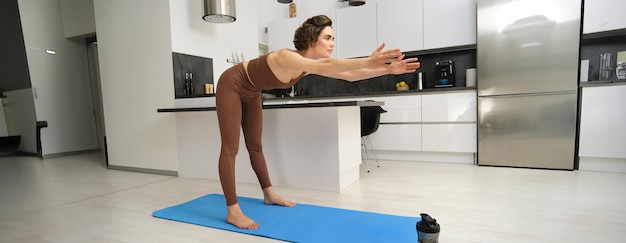
Perform each exercise for 45 seconds, followed by 15 seconds of rest. Complete 3 rounds with a 1-minute rest between rounds. Focus on form over speed.
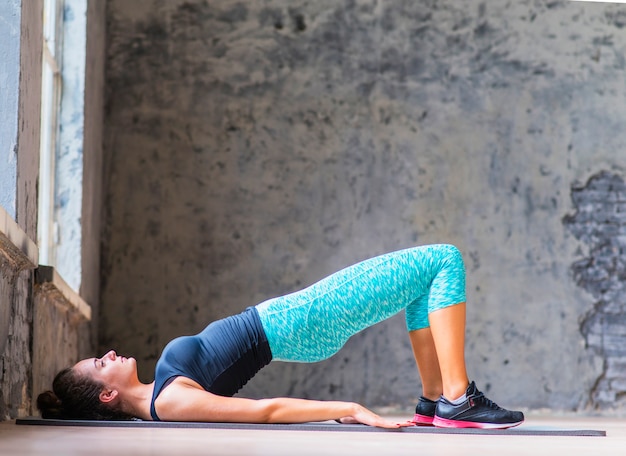
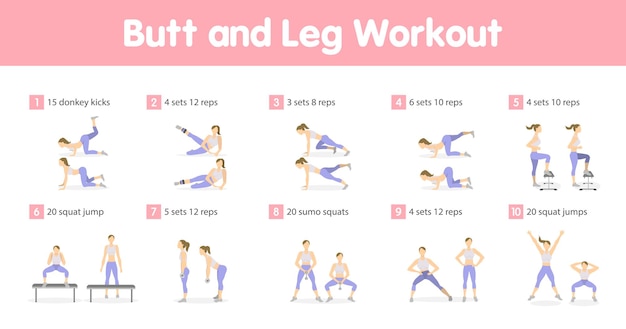
Chronic back pain is often linked to weak core muscles, poor posture, and sedentary habits. This routine combats those issues by promoting muscular endurance, body awareness, and functional movement patterns. Over time, improved strength and stability can reduce pain episodes and enhance daily mobility.
Unlike high-impact or heavy lifting routines, this approach is sustainable. It fits seamlessly into home life and requires no special setup—making adherence easier, which is key for long-term wellness.
You don’t need a gym, a kettlebell, or even 60 minutes to build strength and support your back. This 18-minute, no-equipment routine proves that effective fitness can be simple, safe, and realistic. By focusing on form, consistency, and spine-friendly movements, you can stay active without fear of flare-ups.
Start today—your back will thank you.

Fitness

Fitness

Fitness

Fitness

Fitness
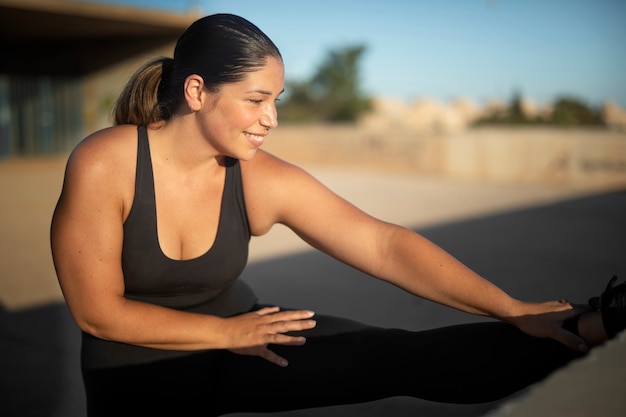
Fitness

Wellness
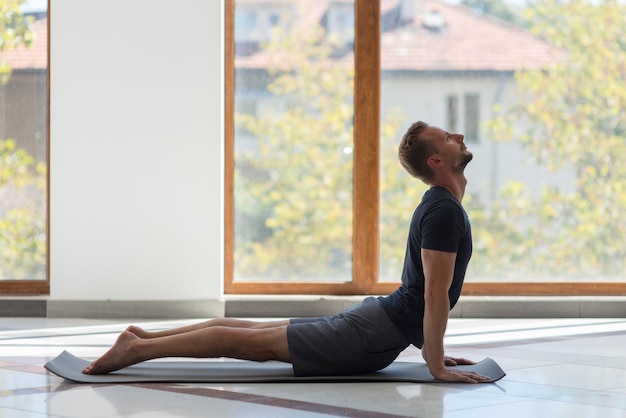
Wellness

Health
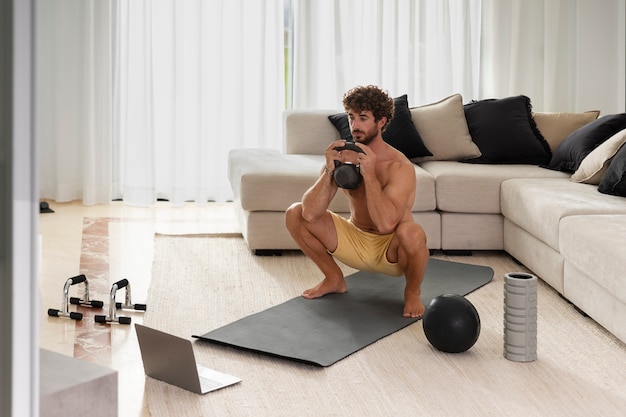
Fitness
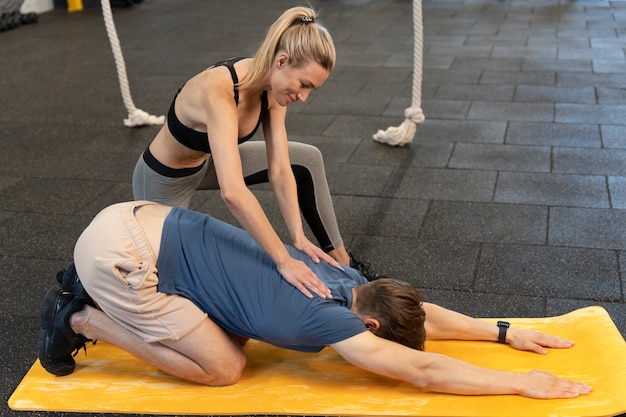
Wellness
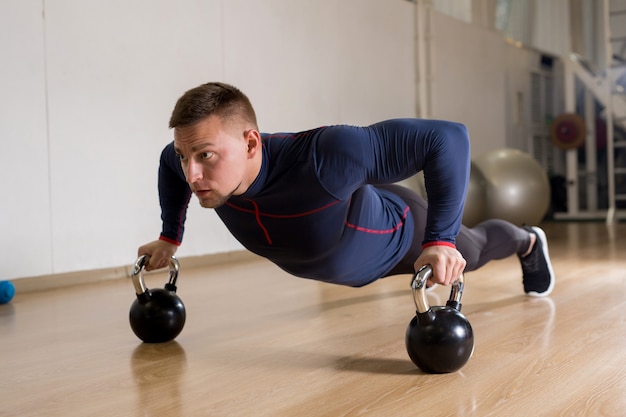
Fitness

Health

Fitness

Health

Health